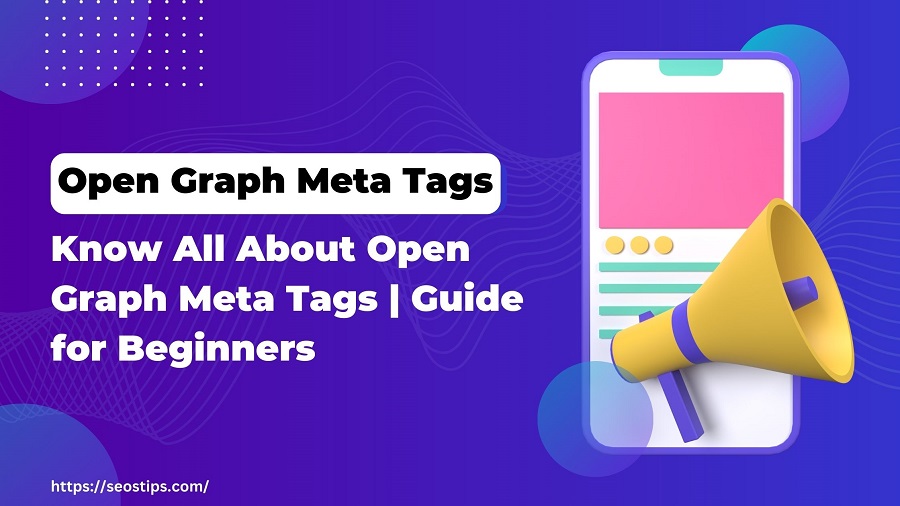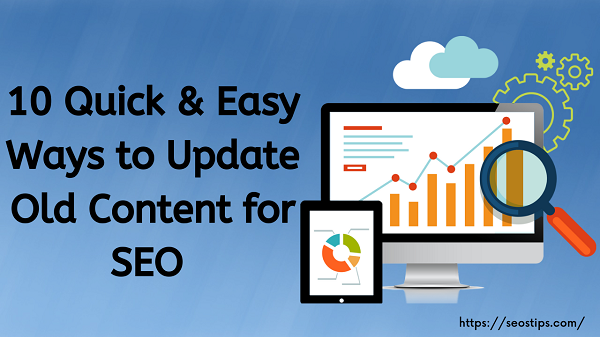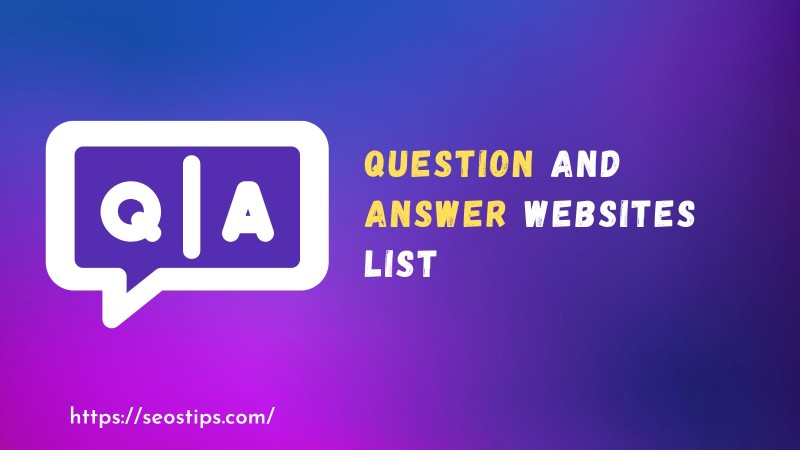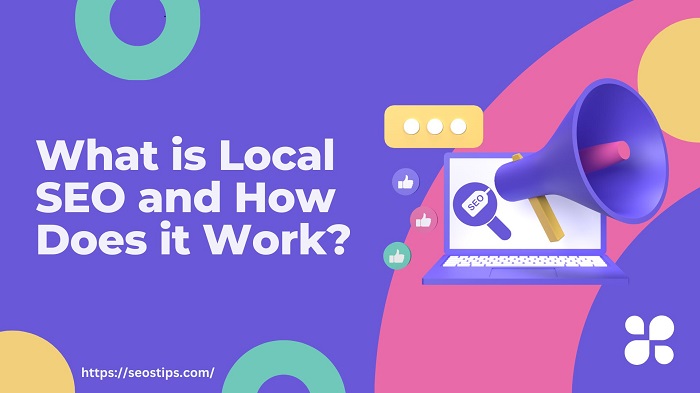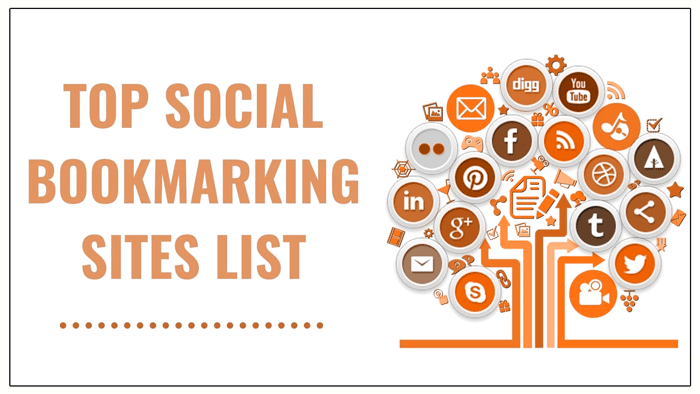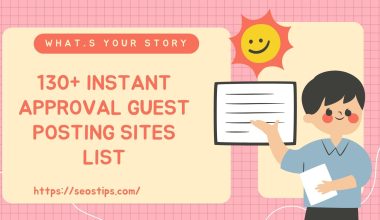How can you improve the clickability, shareability, and visibility of your material on social media? The solution is Open Graph meta tags.
When shared on Facebook using Open Graph meta tags, the following is how one of our posts appears:
Table of Contents
What Open Graph meta tags.
Open Graph meta tags are HTML meta tags that provide information to social media platforms like Facebook, LinkedIn, Twitter, and others about how to display content when a URL is shared on their platform.
The Open Graph protocol was created by Facebook and is used by other social media platforms as well. The protocol consists of a set of meta tags that define the title, description, image, and other important information about the content of a web page.
Here are some of the most common Open Graph meta tags:
- og:title – The title of the page.
- og:type – The type of content, such as “article,” “website,” or “product.”
- og:image – The URL of the image that represents the content.
- og:description – A brief description of the content.
- og:url – The URL of the page.
- og:site_name – The name of the website.
- og:locale – The language and country of the content.
These meta tags allow social media platforms to display a rich preview of the content when a user shares a link. They are essential for optimizing how the content is displayed and can help increase engagement and traffic to the website.
og:title
The og:title tag defines the Title of your page/ Blog Page.
Syntax
<meta property="og:title" content="KNOW EVERYTHING ABOUT OPEN GRAPH META TAG">Og:type
The tag defines what type of content the web page represents, such as “article,” “website,” “product,” “music,” or “video.”
Syntex
<meta property="og:type" content="article" />og:image
The og:image tag supports various image formats such as PNG, JPEG, and GIF. It is also recommended to use an image that accurately reflects the content of the page being shared to avoid confusing or misleading the user. Additionally, it is important to ensure that the image is hosted on a secure server and has a valid URL.
Syntex
<meta property="og:image" content="https://seostips.com/wp-content/uploads/2023/05/Know-All-About-Open-Graph-Meta-Tags-Guide-for-Beginners.jpg" />og:description
When you add the og:description meta tag to your web page, you are telling social media platforms what description to use as a preview when the content is shared.
Syntex
<meta property="og:description" content="Open Graph meta tags are HTML meta tags that provide information to social media platforms." />og:url
The og:url meta tag is an Open Graph protocol meta tag that specifies the URL of the web page being shared on social media platforms. This tag defines the canonical URL for the page, which is the preferred URL for the content.
Syntex
<meta property="og:url" content="https://seostips.com/know-all-about-open-graph-meta-tags/" />
og:site_name
The site name meta tag defines the name of your website. The site name displays under the page title.
Syntex
<meta property="og:site_name" content="seos tips" />og:locale
Defines the content language.
Syntex
<meta property="og:locale" content="en_IN" />Why Open Graph tags are important
Open Graph tags are important for several reasons:
Improving social media sharing
Open Graph tags provide social media platforms with structured data about a web page, including its title, description, image, and other relevant information. This makes it easier for social media platforms to display the content in a user-friendly and attractive way, which can increase the likelihood of users clicking through to the web page.
Increasing visibility and click-through rates
By providing social media platforms with structured data through Open Graph tags, you can increase the visibility and click-through rates of your content. This is because users are more likely to engage with content that is displayed in an appealing and informative way, which can lead to increased traffic and engagement on your website.
Providing context for search engines
Open Graph tags can also provide search engines with additional context about a web page, which can help with indexing and ranking the content. This can lead to improved visibility in search engine results pages (SERPs) and increased organic traffic to the web page.
Enhancing branding and recognition
Open Graph tags can also help with branding and recognition by ensuring that the correct name, logo, and other branding elements are displayed alongside the content. This can help to build trust and credibility with users, and increase the visibility and recognition of your brand.
Overall, Open Graph tags are an important aspect of optimizing your web pages for social media sharing and search engine visibility, as they provide structured data that can enhance the user experience and increase engagement with your content.
How to set up Open Graph tags
To set up Open Graph tags, you will need to add the relevant meta tags to the head section of your web page. Here are the basic steps to set up Open Graph tags:
Identify the Open Graph tags you want to use
There are several Open Graph tags that you can use, including og:title, og:type, og:image, og:description, og:url, og:locale, and og:site_name. You can choose to use all or some of these tags, depending on your needs.
Add the Open Graph tags to your web page
Once you have identified the Open Graph tags you want to use, you will need to add them to the head section of your web page. You can do this by adding the following meta tags to your HTML code:
- <meta property=”og:type” content=”Type of your content”>
- <meta property=”og:image” content=”URL of the image you want to use”>
- <meta property=”og:description” content=”Description of your content”>
- <meta property=”og:url” content=”URL of your web page”>
- <meta property=”og:locale” content=”Language and country of your content”>
- <meta property=”og:site_name” content=”Name of your website or brand”>
Note that you will need to replace the values in the content attribute with your own values. You can also add additional Open Graph tags as needed.
Test your Open Graph tags
Once you have added the Open Graph tags to your web page, you should test them using the Facebook Sharing Debugger or other Open Graph testing tools. This will ensure that the tags are properly formatted and that your content is being displayed as intended on social media platforms.
By following these steps, you can set up Open Graph tags on your web pages and improve the visibility and engagement of your content on social media platforms.
Conclusion
In conclusion, Open Graph tags are an important aspect of optimizing your web pages for social media sharing websites and search engine visibility. By providing social media platforms with structured data about your content, including its title, description, image, and other relevant information, Open Graph tags can improve the user experience and increase engagement with your content. Additionally, Open Graph tags can provide search engines with additional context about your web pages, which can help with indexing and ranking your content. To set up Open Graph tags, you will need to add the relevant meta tags to the head section of your web page and test them using Open Graph testing tools. By doing so, you can enhance the visibility, engagement, and branding of your content online.
More resources:
- Podcast Submission Sites List 2023
- Keyword Density, Prominence, Frequency, and Proximity in SEO
- Question and Answer Sites List in 2023
- Video Submission Sites List 2023
- Article Submission Sites List 2023
- Classified Submission Sites
- Press Release Submission Sites
- Backlinks for YouTube Videos
- What is NAP in SEO

